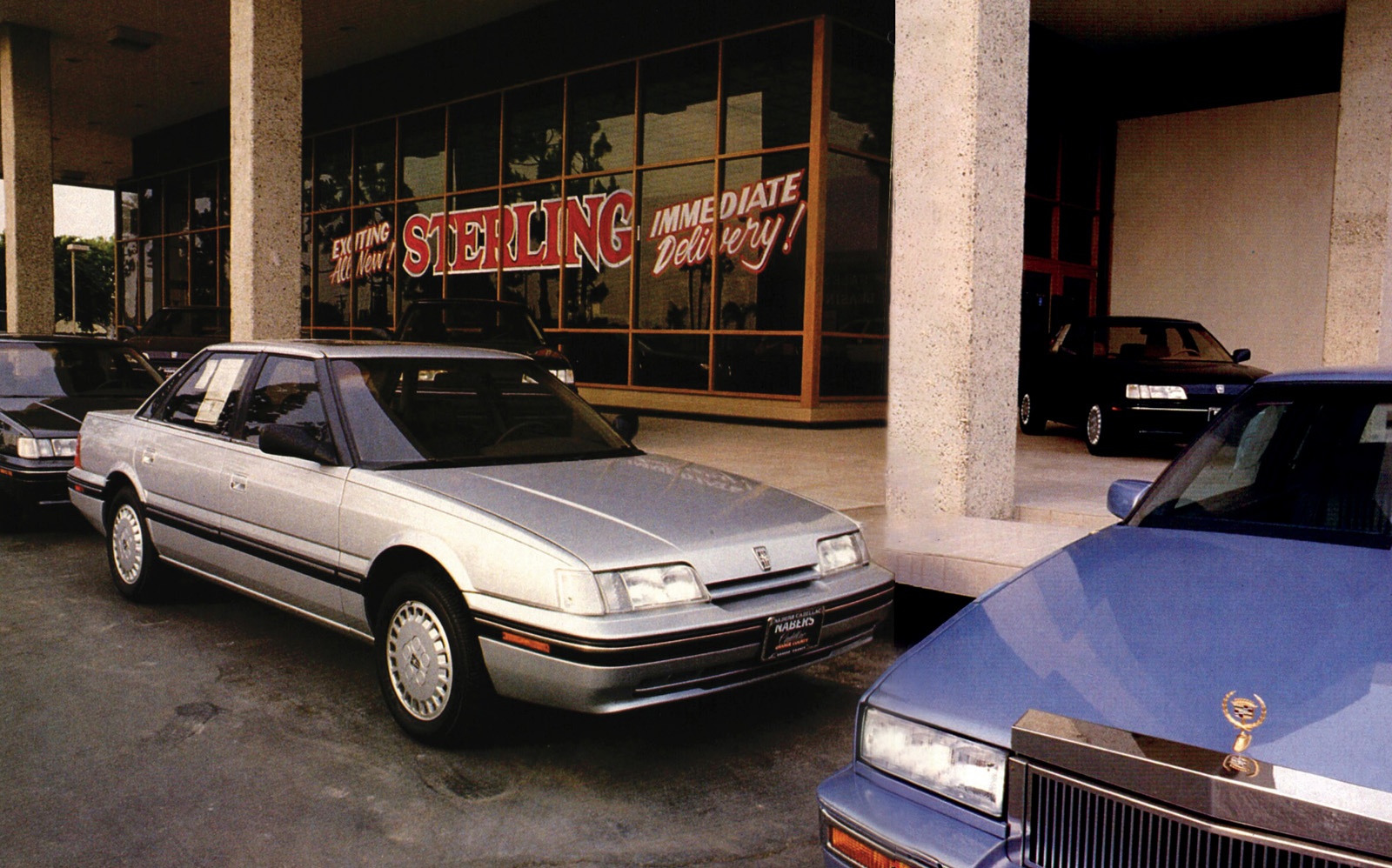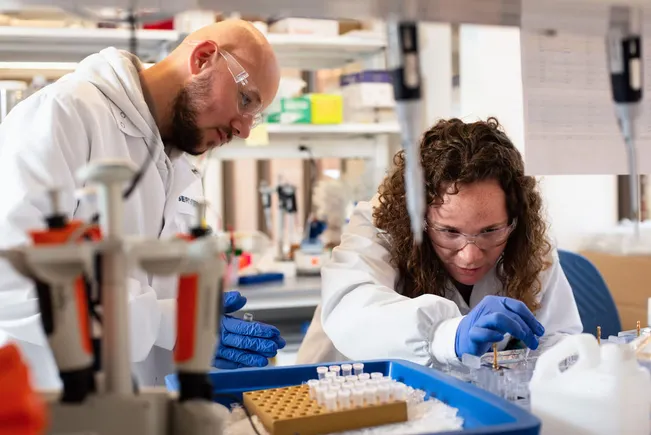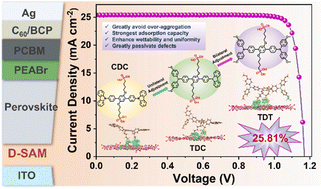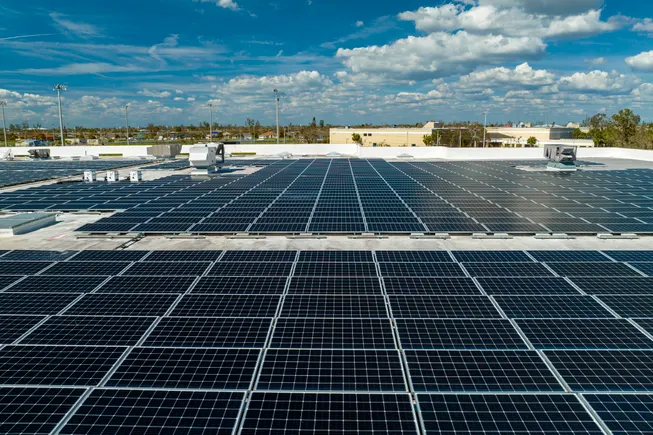Understanding Degradation and Enhancing Cycling Stability for High‐Voltage LiCoO2‐Based Li‐Metal Batteries
Advanced Energy Materials, Volume 15, Issue 17, May 6, 2025.

The proposed dual-salts electrolyte is combined with developed carbon-coated lithium cobalt oxide (LiCoO2) to improve the cycling performance stability, yielding a high initial reversible capacity of 225 mAh·g−1 and excellent capacity retention of over 85% after 400 cycles at 4.7 V. It is confirmed that developing proper electrolytes and surface coatings for cathode materials reduces active material loss and suppresses continuous cathodic electrolyte interphase (CEI) growth, which significantly improves the cycling life of high-voltage lithium-metal batteries.
Abstract
Improving the energy density of Lithium (Li)-ion batteries (LIBs) is vital in meeting the growing demand for high-performance energy storage and conversion systems. Developing high-voltage LIBs using high-capacity and high-voltage cathode materials is promising for enhancing energy density. However, conventional cathode and electrolyte materials face serious decomposition and structural degradation at high operating voltages. Herein, a dual-salts electrolyte of lithium bis(fluorosulfonyl)imide and lithium bis(trifluoromethanesulfonyl)imide(LiFSI-LiTFSI) is developed to improve the cycling stability of high-voltage lithium cobalt oxide (LiCoO2, LCO)||Li batteries. Operando X-ray diffraction analysis experiments are carried out to characterize the structural stability of cathode materials, suggesting a severe irreversible phase transformation at high voltage levels. Aging simulations, combined with experimental studies, suggest that a fast loss of active materials is mainly responsible for the capacity loss at high voltages. Carbon-coated LCO cathodes are synthesized to mitigate cycling degradation. The designed LCO||Li cells exhibit a high-capacity retention of over 85% after 400 cycles at 4 .7V. The present work provides a novel insight into understanding the degradation and enhancing the stability of high-voltage LCO-based Li-metal batteries, thus facilitating their practical applications.












































































































































